
In traditional British Old Craft we echo the thought of the quintessential Japanese swordsman, Mushasi Miyamoto: ‘Respect the gods and buddhas, but never rely on them’.
- But, who, or what, are the gods of Old Craft witches?
Arguably the most visually impressive and rather portentous of ancient Celtic gods, Cernunnos is actually the general name given to horned deities and, given the ambiguous scope of the ‘Horned God’ in Celtic mythology, there are no recorded myths and ancient literary sources that directly pertain to the figure of Cernunnos. As such, the term is found only once in the historical context – mentioned on a Roman column dating from circa 1st century AD. There are representations of the Celtic Horned God that predate the Roman Cernunnos, the most well-known depiction of the deity being found on the Gundestrup Cauldron (circa 1st century BC), discovered from Jutland. Most of these figures and inscriptions represent a human or a half-human with antler crowns, and such historical portrayals, in turn, influenced the modern representations of Cernunnos as the forest deity with his set of elaborate antlers.
The popular imagery of Cernunnos as the Otherworldly horned figure residing within the depths of the forest is arguably inspired by Margaret Murray’s 1931 book, The God of the Witches. Murray, who was a historian, anthropologist and folklorist – famous for her Witch-Cult theory – surmised that Herne the Hunter, a folk-hero from around the Berkshire region, was a localized aspect of Cernunnos. He was a phantom hunter who haunts Windsor Great Park, impersonated by Falstaff in Shakespeare’s The Merry Wives of Windsor, and though Herne may have been an actual keeper of the forest, he probably became a local manifestation of the Wild Huntsman myth known throughout the world.
If we claim to follow the ancient gods then we must accept them as they were – warts and all – we cannot re-write the script because it offends 21st century sensibilities. The Old Lad is a roaring, pouncing kind of an individual for whom the notion of sacrifice represented a higher aspect of communion between men and gods; although down through the ages it became more allied to morality until the Roman State-cult introduced the pax deorum – the relation of kindliness between gods and men. Nevertheless, although an inappropriate sacrifice could give serious religious offence, so strong was the idea of this ancient belief that newly emerging Christianity took the dying god/sacrificial king image to the very heart of their religion! This darker element of the Old Lad was easily identified through ignorance (or deliberate political propaganda) with the biblical satan/devil and indeed the Old Lad might have appeared rather ‘devilish’ to a clergy hell-bent on eradicating pagan beliefs; whilst at the same time incorporating the more powerful imagery of the ancient world’s sacrificial god into their own rites, where we still find that kindred calls to kindred, blood calls to blood.
In these newly migrating religions and mythologies, anthropomorphism became the perception of a divine being in human form, or the recognition of human qualities in these entities. In fact, ancient mythologies frequently represented the divine as deities with human forms and qualities. They resembled humans not only in appearance and personality; they exhibited many human behaviors that were used to explain natural phenomena, creation, and historical events. The deities fell in love, married, had children, fought battles, wielded weapons, and rode horses and chariots. They feasted on special foods, and sometimes required sacrifices of food, beverage, and sacred objects to be made as offerings. Some anthropomorphic deities represented specific human concepts, such as love, war, fertility, beauty, or the seasons; exhibiting human qualities such as beauty, wisdom, and power, and sometimes human weaknesses such as greed, hatred, jealousy, and uncontrollable anger. Greek deities such as Zeus and Apollo often were depicted in human form exhibiting both commendable and despicable human traits.
With all these multi-faceted perceptions of god-head perhaps we should look at the witches’ god as an embodiment of the physical perfection of Apollo Belvedere, superimposed with a DeviantArt image of Pan in all his primordial splendour. That is, all the grandeur of the Olympian, tempered by the primitive energies of Nature … because Apollo was the Greek god of prophecy and oracles, music, song and healing and with whom Charles Leyland identified his Luciferian-type of character in his 1889 publication of Aradia, or the Gospel of the Witches.
‘The individual man makes God after his individual imagination. We each worship a God of our own. The warrior-like nature of the Scandinavian gods reflects the characteristics of their worshippers. In fact it may be said that the development of the religious germ depends, to a great extent, on the nature of the people, on the natural features and geology of the country more than on political surroundings and social habits … Thus, the study of the mythological creed of the inhabitants of any land offers a wide and tempting subject to the inquirer … Yet numerous singular customs exist which must have originated from a religious idea. The religious aspect of the rites has been gradually obscured, and in some cases finally lost, but the customs have been carried on, almost in stereotyped form, from the days in which they were practiced by the native people. If these customs be compared with those described in the passages illustrative of rites and observations in ancient Irish MSS, there will probably be discovered for us the entire secret of the religious system of our heathen ancestors.’ [Traces of the Elder Faiths of Ireland]
The popular image of the Greek god Pan was removed from its classical context in the writings of the Romantics of the 18th century and connected with their ideals of a pastoral England. This, along with the general public’s increasing lack of familiarity of Greek mythology at the time led to the figure of Pan becoming generalised as a ‘Horned God’, and applying connotations to the character, such as benevolence that were not evident in the original Greek myth, which in turn gave rise to the popular acceptance of Murray’s hypothetical Horned God of the Witches.
The duality of the Horned God, however, was firmly entrenched in our folklore and every year at the Winter and Summer Solstices, these two fought for dominance. In actuality, they were two parts of the same thing: the waxing and waning of the yearly cycles of the Earth. The Holly King rules the waning year, from Midsummer to Yule, and the Oak King rules the waxing year from Yule to Midsummer. The Holly King represents darkness, decay and destruction -but also represents inner knowledge and Mysteries. The Oak King, on the other hand, represents light, growth and expansion. These two mighty kings fight a symbolic battle to win the Crown of the year – at Yule when the Oak King wins, and at Midsummer when the Holly King wins.
In some of the legends, the dates of these events are shifted and the battle takes place at the Equinoxes, so that the Oak King is at his strongest during Midsummer, and the Holly King is dominant during Yule. From a folkloric and agricultural standpoint, this interpretation seems to make more sense. In some traditions, the Oak King and the Holly King are seen as dual aspects of the Horned God with each of these twin aspects ruling for half the year; battling for the favour of the Goddess, and then retiring to nurse his wounds for the next six months, until it is time for him to reign once more.
Both Robert Graves and Sir James George Frazer wrote about this battle. Graves said in his work The White Goddess that the conflict between the Oak and Holly Kings echoes that of a For instance, the fights between Sir Gawain and the Green Knight, and between Lugh and Balor in Celtic legend, are similar in type, in which one figure must die for the other to triumph. Frazer wrote, in The Golden Bough, of the killing of the King of the Wood, or the tree spirit. He went on to say that as long as the King could maintain his position, it might be inferred that he was in power; the eventual defeat indicated that his strength was beginning to fail, and it was time for someone newer, younger, and more vigorous to take over. Ultimately, while these two beings do battle all year long, they are two essential parts of a whole. Despite being rivals, without one, the other would no longer exist.
In truth, the dark tide first begins to stir at Lammas, the time of fruition and harvest when the crops are gathered and fruits begin to ripen. Under the new style calendar, Lammas would be celebrated on 1st August; in the Elder Faith where we still follow the old calendar, we would perform the Lammas Rite on 12th August. When we’re heading towards the Autumnal Equinox, when the two tides of summer/winter, bright/dark, god/goddess stand equally opposed so – the bright tide will start to wane, the dark aspect ever increasing – and traditionally Lammas was essentially a male-oriented ritual. Within the Coven the goddess-imagery now fades into the back ground until the fires of Candlemas and the Vernal Equinox call her forth once again; with a shared celebration of fresh bread and wine/beer she takes her leave and future Coven rites reflect the god’s growing power in the form of the Magister.
Incidentally, Brân is one of the few truly old Pretannic gods who can trace his ancestry to pre-Celtic times, and is usually referred to as the ‘Brân Blessed’ or Brân Fendigaidd in Welsh, which literally means ‘blessed crow or raven’. He was a legendary, pre-Arthurian, King of Britain and a fearless warrior; a popular figure in the bardic traditions he was well-known in Welsh mythology during the Iron Age. Legend describes him as a giant of semi-divine heritage who possessed supernatural strength and abilities since his father was Llŷr, the god of the sea; he was also brother to Brânwen, of whom he was fiercely protective – playing his most significant role in the Mabinogi: Branwen ferch Llŷr. A patron of poetry and music, Brân was hailed as the embodiment of sovereignty, eventually being venerated as a god, a folk-hero and a powerful king among the numerous tribes of Britain where he was associated with ravens as a god of prophecy.
Today we rarely encounter Brân outside traditional Welsh literature, but he deserves his place among those who follow the Old Ways as a symbol of faith and honour and possibly Britain’s greatest warrior. And yet there are elements of his story that have been preserved in traditional witchcraft – including the significance of the cauldron, the holiness of the alder and the recognition of ravens as messengers. Kindred calls to kindred, blood calls to blood. It can even be said that elements of Brân can be metamorphosed into the Old Lad if that’s how we choose to see him and celebrate his feast day at the Autumn Equinox.
Also in English folklore, John Barleycorn is a character who represents the crop of barley harvested each autumn. Equally as important, he symbolizes the wonderful drinks which can be made from barley – beer and whisky – and their effects. In the traditional folksong, the character of John Barleycorn endures all kinds of indignities, most of which correspond to the cyclic nature of planting, growing, harvesting, and then death. It has all the symbolism of the dying god/sacrificial king that is at the heart of all witchcraft and ancient pagan tradition. Versions of the folk-song date back to the reign of Queen Elizabeth I, but there is evidence that it was sung for many years before that and, although most of us no longer work on the land, the power of this extraordinary and ancient song remains undiminished.
The first tide of destruction and winter comes with Hallowe’en, the Feast of the Dead and the first day of the witch’s year with the dark tide of the Holly King and Lord of Misrule reaching its high point at the Mid-Winter Festival – the Winter Solstice. The first stirrings of the dark tide are felt at Lammas, the time of fruition and harvest when the crops are gathered in and fruits begin to ripen. At the Autumnal Equinox the tides are once again equally opposed with the bright tide waning and the dark increasing. At Mid-Winter the tide of darkness is at its height and so the cycle continues …
The darkening of the year is the realm of the Old Lad until Candlemas heralds the end of the Holly King’s reign, which once again explains why we Old Crafters synchronise our rituals to coincide with the Old Julian calendar that links us directly to the power of the Ancestors when kindred calls to kindred, and blood calls to blood. Here, darkness is the natural opposite of light, when our world is divided between winter and summer, but wintertime is not considered evil or bad – it is merely the world held in balance until the sun begins its return at the Mid-Winter Festival that marks the Winter Solstice with fire and rejoicing. It is during this time we call upon the Old Lad for protection and guidance through the long, dark days of winter, and just as he watches over his consort as she sleeps, so we make the propitiatory offerings to appease him through ritual acts, attitude, or gifts. Our pre-Celtic ancestors worshiped the forces of nature and did not envisage deities in anthropomorphic forms – unlike modern paganism with its eclectic pantheons. Our gods are faceless and nameless but s/he is no less powerful for all their anonymity; votive offerings were made throughout the landscape in areas of the natural world that were held to be sacred, namely in groves of trees, rocky outcrops, river crossings, lakes and springs.
The Ancestors act as Coven guardians and also channel the god-power in a two-way conduit, for it would be too hazardous to allow a direct current to pass between supplicant and benefactor. This shield can also act as a safety-barrier for any deific displeasure we may inadvertently attract by behaving inappropriately, i.e. ignoring or disobeying the rules. It guards us from infiltration by outsiders who would join our ranks in order to acquire secret information or cause damage. And, it warns when our own are wavering and likely to fall prey to indiscretion and flattery. It also means that once we are permanently linked to this power, we don’t even have to think about it in order to tap into it. This is what it means to be an Old Craft witch
Needless to say, it may take many years of practice until this conduit becomes automatically open for us but ancient cultures understood that we live in a vast ‘sea’ of cosmic energy. They taught that everything animate and inanimate has consciousness and channels this energy, according to its individual capabilities, to help facilitate this essential universal dialogue. Ancestral communication is the highest form of spiritual channelling that comes from a strong, deep and pure connection with the Ancestors themselves and, through the Ancestors, with the Divine.
At the Mid-Winter Festival we pay homage to the Old Lad in his ‘coat of many colours’ – as protector of the Old Lass and his Consort; as Dark Lord of the Forest and God of the Witches; as the Holly King; as Lord of the Revels in the guise of his surrogate, the Lord of Misrule; as the Unconquered Sun; as psychopomp, the guide of souls to the place of the dead; and as Master of the Wild Hunt. This multi-faceted god is an element that contemporary paganism wishes to suppress and the one that we, of Old Craft, exalt above all others. The Old Lad is a primal god from the days when the world was young and deity was sacrificed in order that his followers should survive.
February then, is traditionally a gloomy time, but magically it’s a time when the natural tides are on the move again. Candlemas, then, is the re-awakening of the Old Lass and also coincides with the Roman Festa Candelarum, which commemorated the search for Persephone by her mother Demeter, Persephone having been kidnapped by the King of the Otherworld, Hades. From these ancient rites we can see how they identify with the Old Lass and her awakening, not to mention their association with the Mysteries of Old Craft.
In Witchcraft: A Tradition Renewed, Evan John Jones acknowledges that Candlemas is the first of the great Sabbats and the start of the ritual year, when it is time to let go of the past and to look to the future, clearing out the old, making both outer and inner space for new beginnings. But, as Melusine Draco explains in Seeking the Primal Goddess, generally speaking, Old Craft witches prefer not to associate their deities with any dubious mythology – home-grown or foreign import – instead we refer to them obliquely as the Old Ones, the Owd Lad and Owd Lass, the Lord and Lady, or just Him and Her because in truth they are the Nameless God and the Faceless Goddess. Once again, Fire is the most important aspect of this celebration because it symbolizes bringing the light of the Old Lass back to the world and the start of the Old Lad beginning to relinquish his power.
We also need to look back into the distant past for those animals most likely to have been associated with the Horned God. For example:
Connamara Stag
It is 10,000 years since the last giant Irish Elk with its 10-foot wide antlers grazed in Ireland’s deep forests. And though the noble beast is long extinct, naturalists have long been puzzled as to how, and why, it grew such magnificent headgear. Now a strange tale from the heart of Connemara has provided experts with an intriguing clue. Red stags introduced to the west of Ireland some years ago by the owner of a large estate with an interest in wildlife have astonished experts by growing to an immense size and producing magnificent antlers.
Ten years ago, Nikolai Burkart, a German industrialist, released 16 young red deer at Screebe, his Connemara estate. His aim was to reintroduce a species that had been present for centuries in this country, until the last few were shot during the famine 150 years ago. But Mr Burkart was surprised the deer have grown to such splendid proportions – towering over the red deer of the Scottish Highlands. Connemara’s stags are in a different league: a good Highland stag carcass weighs about 16 stone. The red deer of Connemara weigh twice that, at least.
Experts suggest a number of factors for such phenomenal growth. Firstly the animals are descended from top-class stock via Co Wicklow with their ancestors, in turn, derived from the herd in Warnham Park, in Surrey in England. The second reason which may offer an intriguing insight into ancient times is the environment. What appears to be hostile terrain in Connemara has underlying limestone which is taken up in the vegetation. That helps build bone and antler.
A third factor is the good feeding in the unfenced conifer woodlands owned by Coillte, the state forestry organisation. Analysis of droppings, carried out by biologists from NUI Galway has shown that the deer have become predominantly browsers rather than grazers. Some 80 per cent of their food consists of bramble leaves, heather, willow shoots, and just 20 per cent is grass. Luckily, they do practically no damage to the trees.
The giant Irish Elk maintained its enormous antlers despite the privations of the last Ice Age, when it might have been expected that they would have reduced due to food scarcity. Research carried out some years ago by University College London found that these so-called ‘luxury’ organs – the antlers – remained impressively large. Their present-day descendants in Connemara spent the first four months in an enclosure, but since then they have never been confined and are truly wild.
- So when we look at a stag as representing the Horned God, we need to look towards the magnificent creatures of Connemara before we can say: ‘That’s a god!’
The aurochs, which ranged throughout much of Euasia and Northern Africa during the late Pleistocene and early Holocene, is the wild ancestor of modern cattle. Historical descriptions, like Caesar’s Commentarii de Bello Gallico or 17th-century biologist, Anton Schneeberger, tell that aurochs were swift and fast, and could be very aggressive. According to these sources, aurochs were not concerned when a man approached, but when teased or hunted, an aurochs could get very aggressive and dangerous, and throw the teasing person into the air, as he described in a 1602 letter to Gesner.
The aurochs was an important game animal appearing in both Paleolithic European and Mesopotamian cave paintings, such as those found at Lascaux and Livernonat in France. When the aurochs became rarer, hunting it became a privilege of the nobility and a sign of a high social status. With the aurochs immobilized, the curly hair on the forehead was cut from the living animal. Belts were made out of this hair and were believed to increase the fertility of women. When the aurochs was slaughtered, a cross-like bone (os cardis) was extracted from the heart. This bone, which is also present in domesticated cattle, contributed to the mystique of the animal and magical powers have been attributed to it. A 1999 archaeological dig in Peterborough, England, uncovered the skull of an aurochs. The front part of the skull had been removed, but the horns remained attached. The supposition is that the killing of the aurochs in this instance was a sacrificial act.
Also during antiquity, the aurochs was regarded as an animal of cultural value. Aurochs are depicted on the Ishtar Gate, while aurochs figurines were made by the Maykop culture in Western Caucasus. In the Peloponnese there is a 15th-century BC depiction on the so-called ‘violent cup of Vaphio’, of hunters trying to capture with nets three wild bulls being probably aurochs, in a possibly Cretan date-palm stand. One of the bulls throws a hunter to the ground while attacking the second with its horns. Despite an earlier perception that the cup was Minoan, it seems to be Mycenaean Greeks and Paenians hunted aurochs (wild oxen/bulls) and used their huge horns as trophies, cups for wine, and offerings to the gods and heroes.
Starting around 2007, the Dutch-based Tauros Programme tried to DNA-sequence breeds of primitive cattle to find gene-sequences that match those found in ‘ancient DNA’ from aurochs samples. The modern cattle would be selectively bred to try to produce the aurochs-type genes in a single animal. The breeds which are used for crossbreeding mostly stem from the Iberian Peninsular and Italy. For example, these are Sayaguesa, cattle, Pajuna cattle, Italian Podolica and Maremmana primitivo. Although claimed to be genetically close to the aurochs, the Lidia breed of Spanish fighting bull was not used for the project due to its aggressive behaviour!
- With its reputation for untamability and uncertain temperament, surely the aurochs with its noble history is another candidate for divine association?
Certain species of sheep and goats with spiral horns like a helmet have, in antiquity, been elevated to the level of divinity. The ‘Goat of Mendes of the Egyptians was, in fact a ram!
The chief deity of Mendes was Banebdjedet (lit. Ba of the Lord of Djedet), and described by Herodotus in his Histories as being represented with the head and fleece of a goat: ‘…whereas anyone with a sanctuary of Mendes, or who comes from the province of Mendes, will have nothing to do with [sacrificing] goats, but uses sheep as his sacrificial animals…’
Demonologists in more modern times often imagined Satan as manifesting himself as a goat or satyr, because goats had a reputation for lustful behavior and were used in the iconography of pre-Christian gods like Pan and the ‘Goat of Mendes’. The occultist Eliphas Levi in his Dogme et Rituel de la Haute Magie (1855) drew an image of the fictitious medieval idol Baphomet that conflated it with the goat of Mendes and the imagery of the Satanic satyr. The image of the satyr-like Baphomet and its supposed connection with Mendes has since been repeated by numerous occult writers.
In reality, regardless of an individual ram’s behavior, it is important to remember that all rams are aggressive, or have the potential to be aggressive, even if they appear ‘friendly’. Hand-reared ram-lambs may seem more docile and friendlier, but in fact they are the most dangerous since they have no fear of the shepherd. Animals that have a great deal of human contact and interaction can lose their fear of humans and can become very aggressive.
While sheep are generally docile, non-aggressive creatures, this is not necessarily the case with rams (intact males), especially during the breeding season (rut). Rams can be very aggressive and have been known to cause serious injuries, even death, to people. A ram should never be trusted, even if it is friendly or was raised as a pet; it is important to always know where the ram is and to never turn your back on him.
Goats, however, are more aggressive and inquisitive than sheep and tend to demonstrate dominance within a social grouping more than sheep. Goats display their dominance by lowering the head and pointing their horns at the subordinate animal. Although attacks against humans are few and far between, mountain goats are among the most aggressive toward their own species. When individuals are grouped together, they display, charge, and engage in mini-duels four or five times per hour. Females are typically more aggressive than males.
These animals also have an element of weirdness due to the shape of their eyes, which are horizontal – not circular like ours, or vertical like a cat’s. A broad line of sight, aided by wide, rectangular-shaped pupils, allows them to see danger approaching from their peripheral vision. The shape of the animal’s pupil, it turns out, is closely related to the animal’s size and whether it’s a predator or prey.
- ‘The bounteous Pan, the god of rural scenery, shepherdi, and huntsmen,’ as the poet Milton calls him, is the Greek god of woods and fields. Originally a pastoral god from Arcadia and depicted as a wild deity with the horns and hooves of a goat, Pan was believed to dwell in the mountains and forests of ancient Greece. Pan’s image has undergone a wide range of representation and, by Roman times, he came to be regarded as the representative of paganism and the personification of all nature.
Or … no longer believing in the god’s Omnipotence – which regards him as having supreme power and able to do what he wants. Meaning he is not subject to physical limitations like mankind is. Being omnipotent, god has power over wind, water, gravity, physics, etc. and a power that is infinite, or limitless.
Or … Omniscience means all-knowing. God is all all-knowing in the sense that he is aware of the past, present, and future. Nothing takes him by surprise. His knowledge is total. He knows all that there is to know and all that can be known.
Or … Omnipresence meaning all-present. This term means that God is capable of being everywhere at the same time. It means his divine presence encompasses the whole of the universe. There is no location where he does not inhabit. This should not be confused with pantheism, which suggests that God is synonymous with the universe itself; instead, omnipresence indicates that God is distinct from the universe, but inhabits the entirety of it. He is everywhere at once
Or … Omnibenevolence – the belief that God is all good. Many theologians (for example) regard these attributes as essential to a god’s nature. In other words, if a deity did not have these characteristics, he wouldn’t be god. For example, for god to be god, he would need to have supreme power (omnipotence); if he was not omnipotent, he wouldn’t be qualified to be a god.
In reality, in primitive traditions there is a Supreme God, the Great and Almighty God, who was too distant to be of practical importance in daily life and so not worshipped directly. But there were numerous other spirits, entities and agents which acted as intermediaries on behalf of humankind. In traditional British Old Craft, the Ancestors are worshipped directly because they do have direct influence over earthly affairs.
.



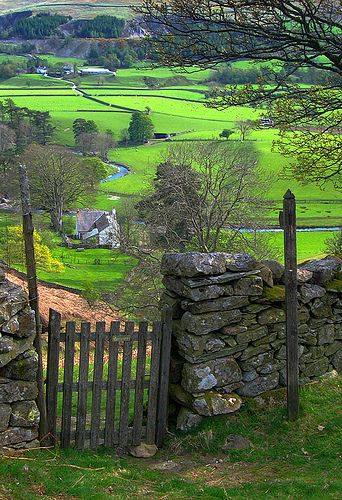
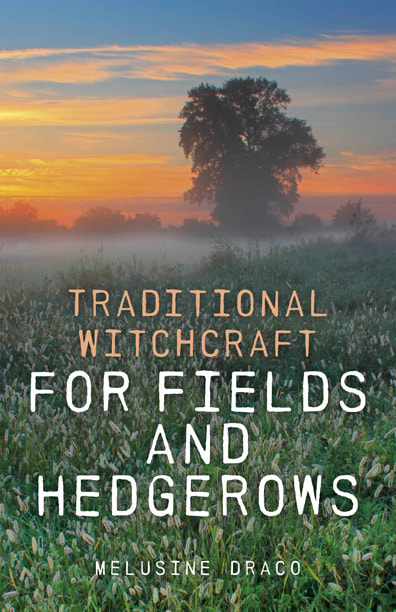
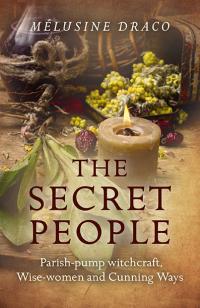
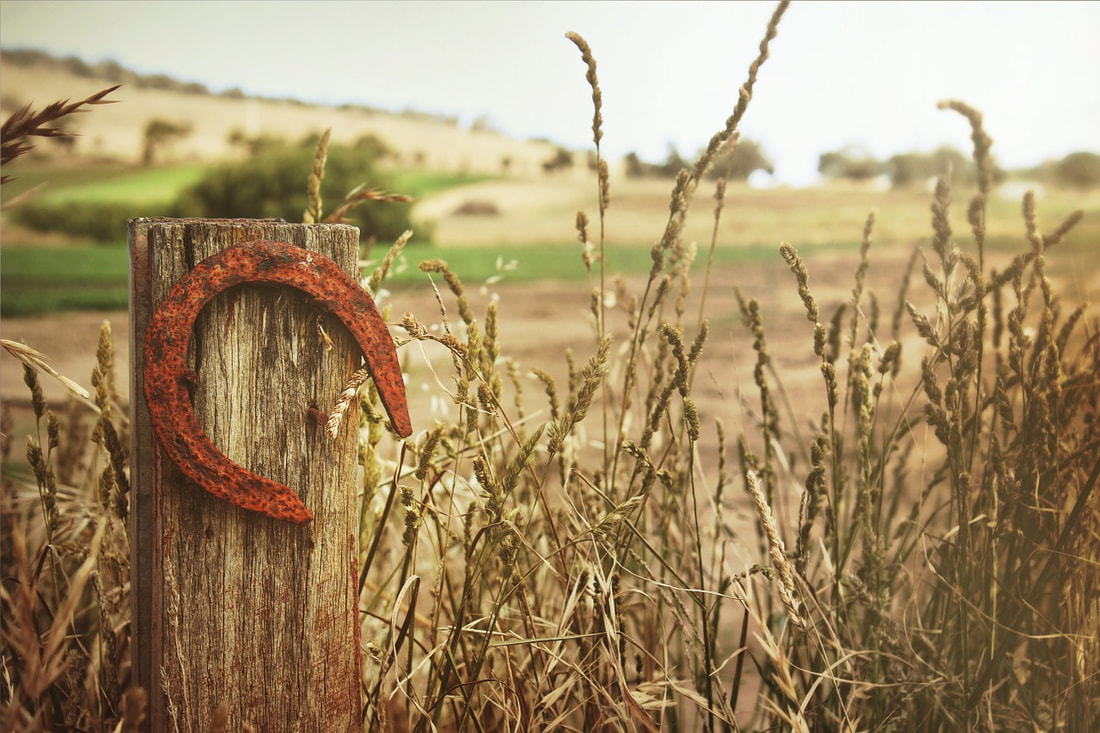
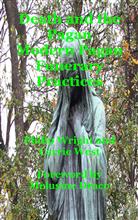
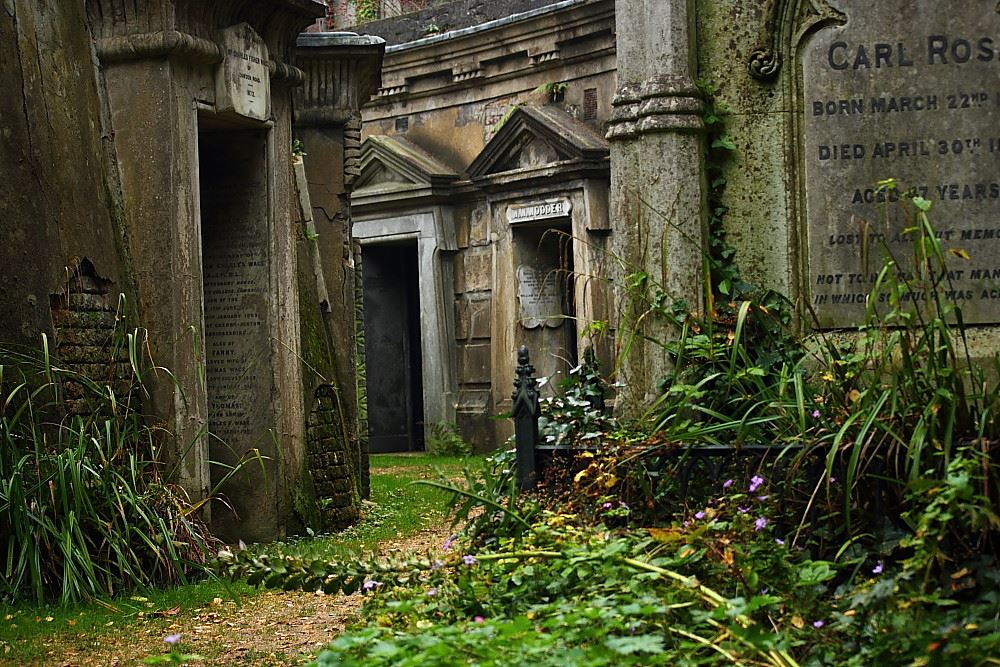
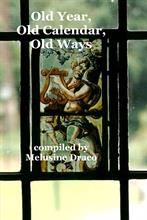
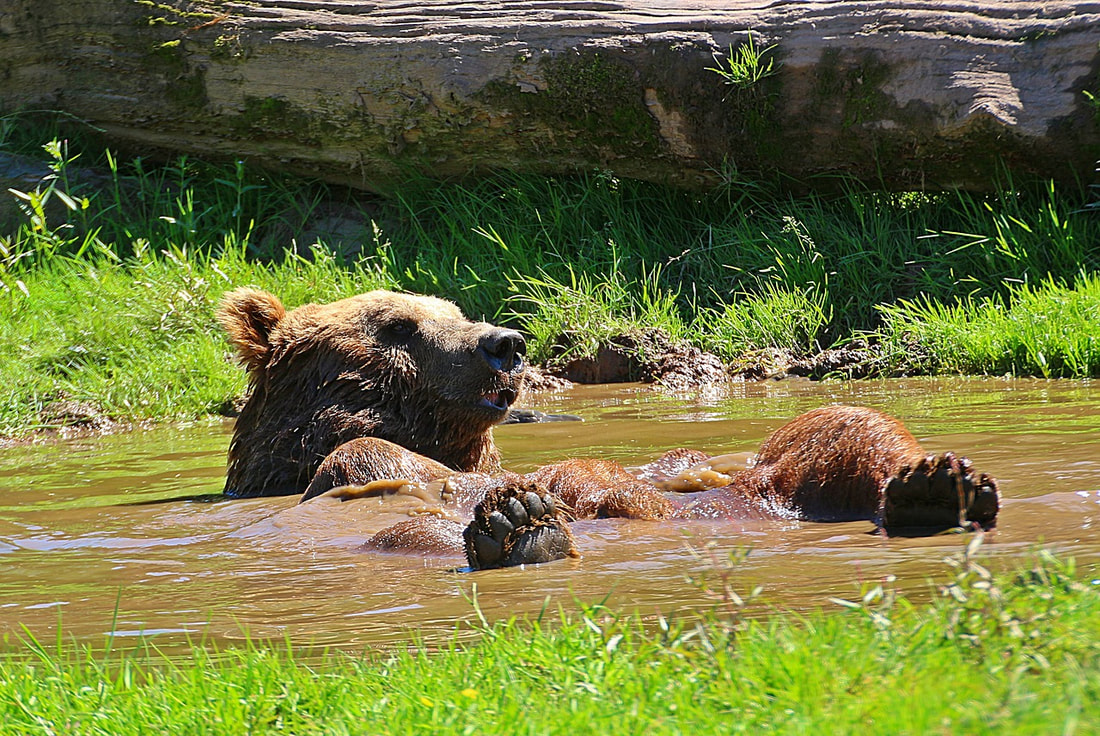
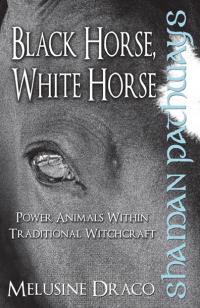
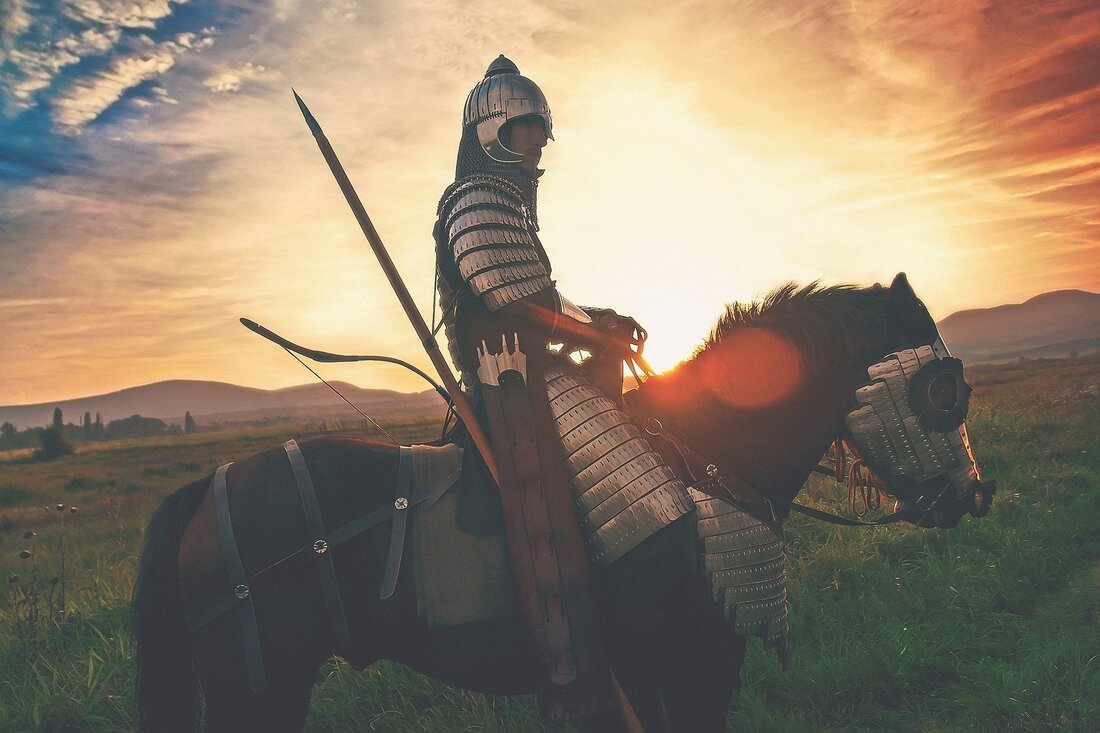
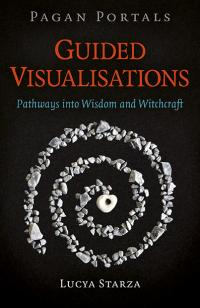
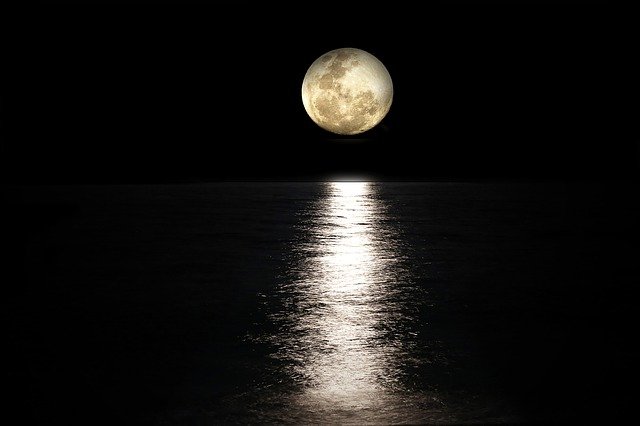
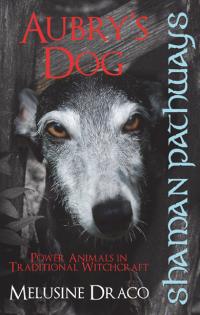

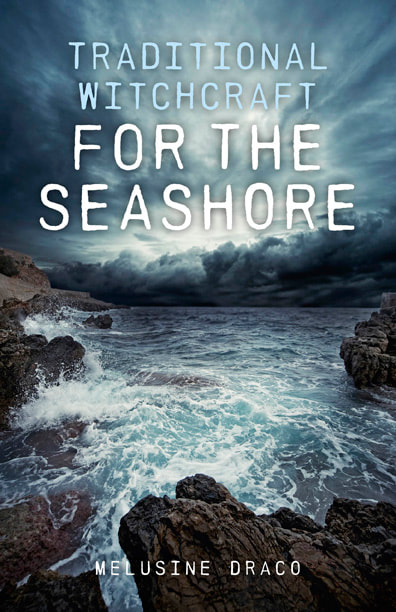

 RSS Feed
RSS Feed